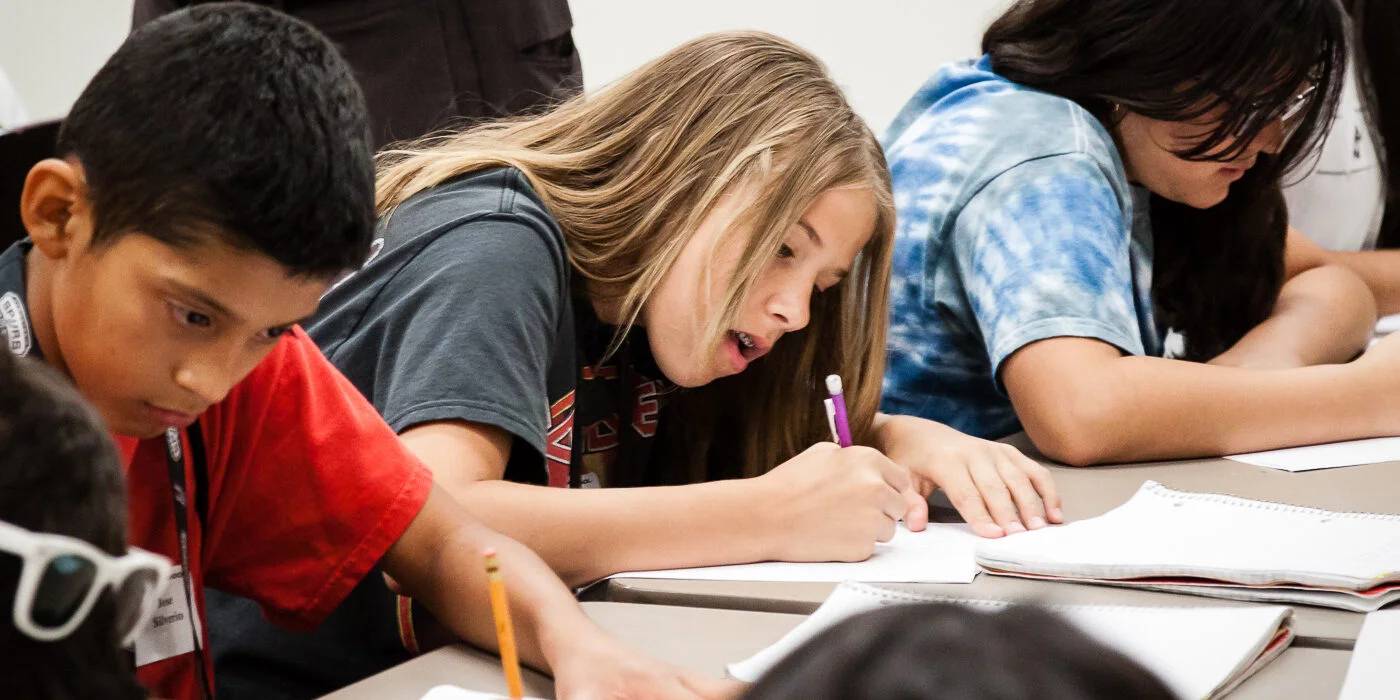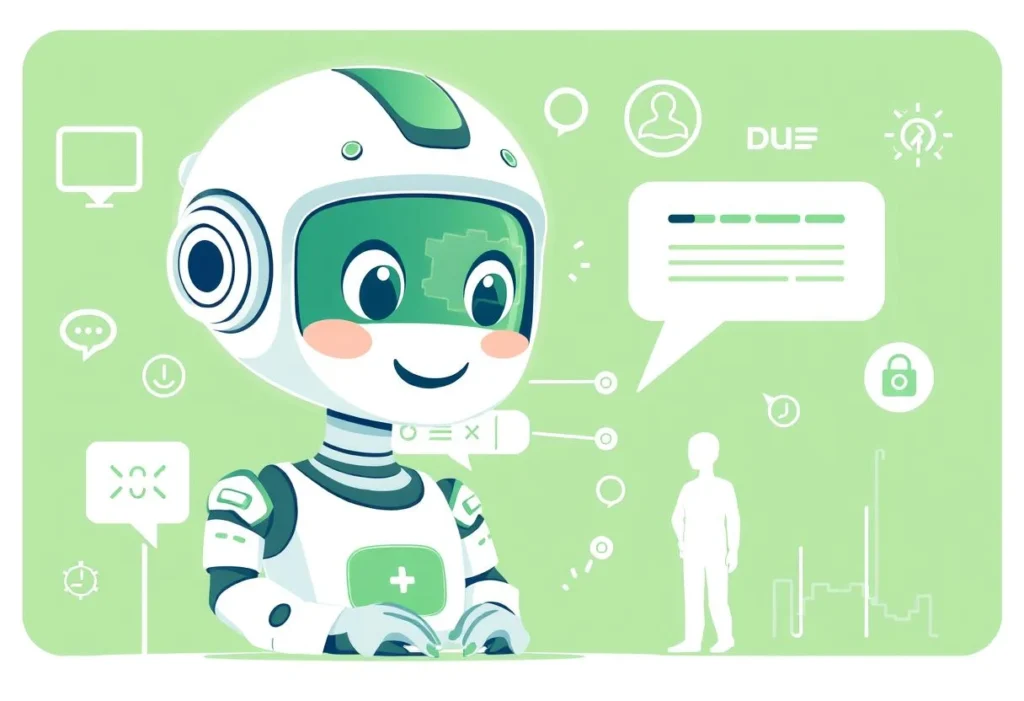Choosing the right education system for your child can feel overwhelming. With so many learning methods available today, parents are often left wondering which path will truly benefit their kids. Among the most discussed options are Montessori schools and traditional schools. Both promise a foundation for a bright future, but they differ in philosophy, teaching methods, and learning environments. So, Montessori vs. traditional schools: which is better for your child? Let’s explore the differences, advantages, and challenges to help you make an informed choice.
What Is a Montessori School?
Montessori schools are based on the educational philosophy developed by Dr. Maria Montessori in the early 1900s. This child-centered approach emphasizes independence, self-direction, and hands-on learning. In Montessori classrooms, children choose their activities from a range of educational materials designed to foster exploration and discovery.
Montessori classrooms are usually multi-age, allowing younger and older kids to learn together. Teachers act as guides rather than traditional instructors, providing support as children work at their own pace. The environment is carefully prepared to encourage curiosity and a love of learning.
What Is a Traditional School?
Traditional schools, often called conventional or mainstream schools, use structured curriculums and teacher-led instruction. Here, all students generally follow the same lessons, working toward standardized educational goals. Classrooms are usually composed of children within the same age group.
Teachers play the central role, directing lessons and pacing the curriculum to align with grade-level standards. Assessments are commonly given through tests and grades, and students are expected to meet predetermined benchmarks.
Key Differences Between Montessori and Traditional Schools
1. Teaching Methods
Montessori classrooms feature hands-on materials and self-directed learning. Children have freedom of choice, selecting what to study based on their interests and readiness. This fosters independence and encourages critical thinking.
In traditional schools, the emphasis is on direct instruction. Teachers present information, and students are expected to memorize and reproduce what they have learned. The process is often linear, with less flexibility to move ahead or revisit topics at an individual pace.
2. Classroom Structure
Montessori environments are carefully designed for exploration. Multi-age classrooms allow children to learn from peers and teach one another. This stimulates collaboration and social development.
Traditional classrooms typically group students by age and assign desks in rows. The focus is on whole-group instruction, and activities are often carried out as a class rather than individually or in small groups.
3. Assessment and Feedback
In Montessori schools, assessment is ongoing and qualitative. Teachers observe and record each child’s progress through daily activities. Children receive feedback through discussions rather than letter grades or scores.
Traditional schools depend heavily on quizzes, tests, and grades to measure progress. Feedback is usually quantitative, and students compare results with their peers.
4. Curriculum Flexibility
Montessori education allows for curriculum flexibility. Lessons can be adapted to suit an individual’s interests and developmental stage, leading to a personalized learning experience.
Traditional schools follow set curriculums standardized by state or national educational boards. There is less room for adapting lessons to suit individual needs or interests.
5. Role of the Teacher
In Montessori schools, teachers act as guides or facilitators. They observe students, provide resources, and step in when help is needed.
Traditional school teachers serve as the primary source of knowledge. They lead lessons, manage the classroom, and assess students’ progress through formal evaluation.
Pros and Cons of Montessori Education
Benefits
- Fosters independence: Children develop confidence and self-motivation.
- Encourages creativity: Freedom to choose inspires innovative thinking.
- Promotes hands-on learning: Abstract concepts become tangible through materials.
- Nurtures social skills: Multi-age classrooms develop cooperation and empathy.
- Focus on personal growth: Progress is measured individually, not competitively.
Challenges
- Less focus on standardization: Children may not cover all traditional subjects at the same time as peers.
- Adjustment to structured settings: Some Montessori students may face challenges transitioning to traditional schools or systems.
- Higher costs: Montessori schools are often private and may be cost-prohibitive for some families.
Pros and Cons of Traditional Education
Benefits
- Familiar structure: Standardized curriculums provide consistency and clear progress markers.
- Preparation for higher education: Students are accustomed to tests, deadlines, and structured settings.
- Extracurricular options: Traditional schools often offer sports, arts, and clubs for varied interests.
- Wide availability: Public traditional schools are accessible in most communities.
Challenges
- Limited flexibility: Students must move at the class’s pace, which may not suit everyone.
- Focus on grades and testing: Can create stress and undermine intrinsic motivation.
- Less hands-on: Learning is more theoretical than practical in many cases.
Montessori vs Traditional Schools: Which Is Better for Kids?
There is no universal answer. The best education system depends on the individual needs, personality, and learning style of the child.
Montessori May Be Ideal If:
- Your child thrives on independence and creative thinking.
- They are self-motivated and enjoy hands-on activities.
- You value a low-pressure environment without competition or grades.
Traditional Schools May Be Best If:
- Your child prefers routine and external guidance.
- They thrive in a structured, fast-paced environment.
- You want them to be accustomed to standardized tests and benchmarks.
How to Choose the Right School for Your Child
Here are some key factors to consider:
- Child’s Personality: Observe how they respond to structure vs. independence.
- Learning Style: Hands-on or abstract, collaborative or solitary?
- School Values: What philosophy aligns with your family’s beliefs?
- Practical Factors: Cost, location, and flexibility.
- Long-term Goals: Consider how the school prepares for future education.
Visit potential schools, observe classrooms, and ask about teaching methods and curriculum. Trust your instincts—no one knows your child better than you.
Frequently Asked Questions About Montessori and Traditional Schools
Are Montessori schools accredited?
Many Montessori schools seek accreditation, but not all are officially certified. Accredited schools ensure they follow the authentic Montessori method.
What ages is Montessori best for?
Montessori is effective from preschool through elementary and even high school. However, early childhood is where it has the most impact.
Will my child fall behind in a Montessori school?
Montessori students often meet or exceed grade-level standards, especially in reading and math, though the approach is less focused on standardized test preparation.
Can children transition from Montessori to traditional schools?
Yes! Most children adapt with some guidance, though they may need time to adjust to new routines and expectations.
Conclusion
Choosing between Montessori and traditional schools is a deeply personal decision. Both have unique strengths and potential drawbacks. Consider your child’s personality, learning style, and your educational values. Take your time, visit both types of schools, and ask plenty of questions. The right environment can make all the difference in nurturing your child’s love of learning, confidence, and lifelong success.
Ready to Make the Right Choice?
Empower your child’s future by choosing the educational path that best suits their needs. If you found this guide helpful, share it with fellow parents and start a conversation about what educational success means to you and your family!






